How Does A Multifamily Chatbot Understand Prospect Queries?
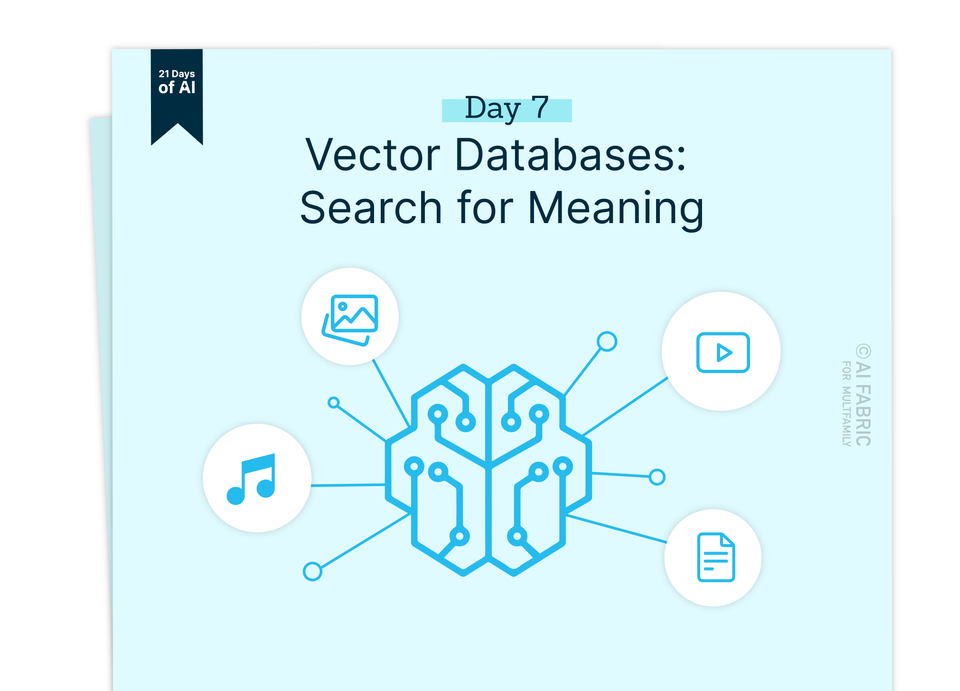
Hello and welcome to Day 7 of "21 Days of AI"!
Today, we’re diving deep into vector databases—the powerful engines that help AI find exactly what you’re looking for in the blink of an eye.
What's in today's lineup?
- What are Vector Databases, and how are they different from traditional databases?
- Their role in enabling Multifamily Chatbots to understand queries accurately.
Pour yourself a refreshing coffee, and let’s get started!
What is a Vector Database?
A vector database stores embeddings and includes mechanisms to search these embeddings. Think of it as a specialized system that helps AI understand and process data more intelligently. Embeddings are detailed profiles that capture the essence of information, making it easier for computers to understand and compare.
Traditional Databases vs. Vector Databases for Multifamily: A Comparison
In multifamily operations, data comes in various forms: short texts, numbers, dates, images, audio, videos, and more.
Traditional databases have been our go-to for structured data like short text, numbers, and dates, excelling in efficiently organizing and retrieving this information.
However, much of the information in the multifamily industry, such as property descriptions, amenities, and policies, is unstructured natural language data, and traditional databases fall short in handling this complexity.
This is where vector databases come into play, providing the ability to process and manage unstructured data types effectively, making AI applications more responsive and intelligent.
How do Vector Databases Work?
To explore the power of vector databases, let's understand their key functionalities and how they enhance data retrieval.
Semantic Understanding:
Vector databases grasp the context and meaning behind words, allowing them to handle complex queries and provide precise answers based on the overall meaning rather than exact word matches.
For example, if you need to find the pet policy, a vector database will understand related phrases and questions like "Do you allow pets?", "Can I keep a pet in my apartement?” or “rules for pets”. This means you get the right information, even if the wording is different.

Quick Search
Vector databases turn information into special codes called embeddings. So, if you ask about the pets, the vector database can quickly find the right part of the pet policy. This makes searching fast and accurate.
Vector Databases in Multifamily Chatbot: Understanding Queries Accurately
Consider a multifamily property chatbot that answers prospects’ questions like, "What is your pet policy?". Here’s how vector databases make this process smooth:

- Generate Embedding: The chatbot converts the user’s question into an embedding, which is a detailed numerical representation of the question.
- Query Vector Database: It searches the vector database where all policy documents are stored as embeddings.
- Find Best Match: The database quickly identifies the most relevant response by comparing embeddings and understanding the context and semantics of the question.
- Provide Answer: The chatbot retrieves and presents the answer accurately and efficiently.
In a nutshell, vector databases turn your chatbot into a smart, speedy assistant that always knows the right answer. By understanding context and meaning, they ensure prospects and residents get accurate information.
And that’s a wrap on Day 7 of "21 Days of AI!"
Thank you for reading, and see you in the next newsletter.
Feel free to let us know what AI topics you're curious about or want to understand better!

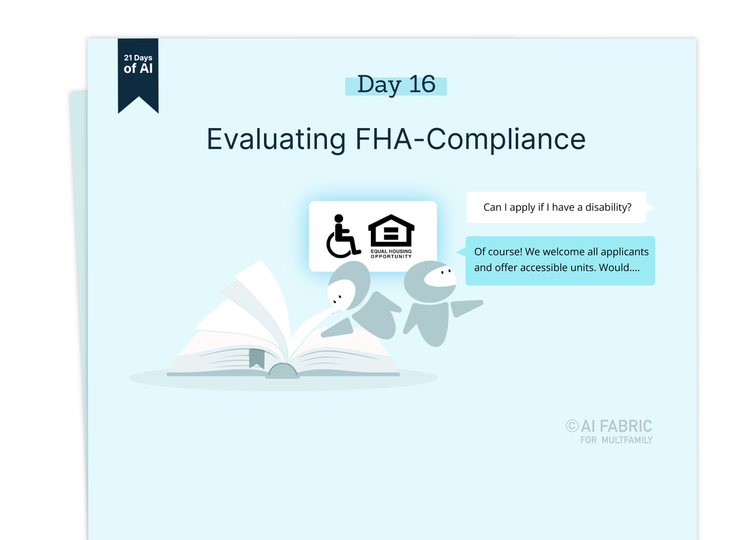
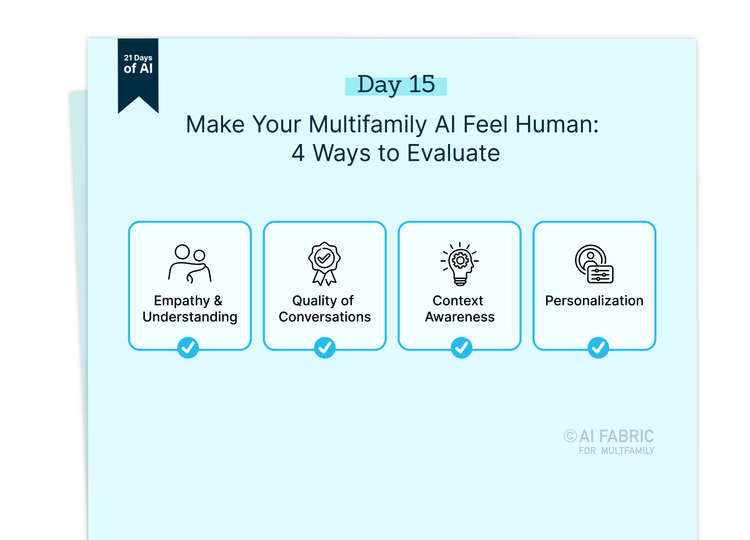
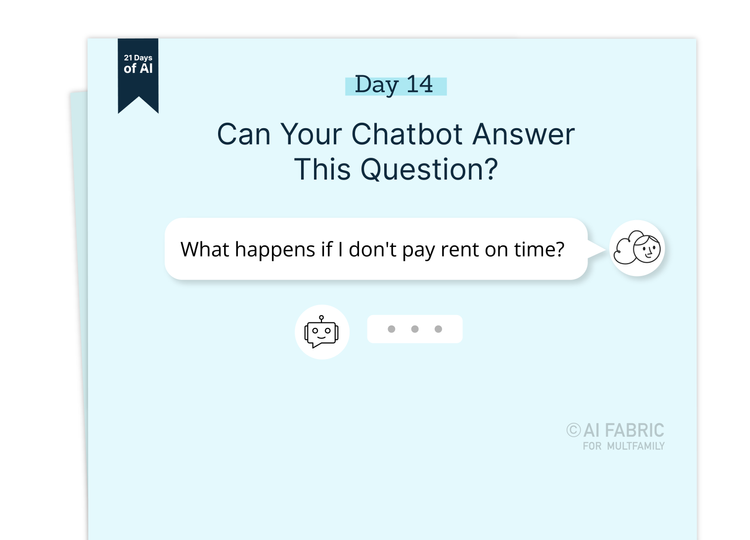
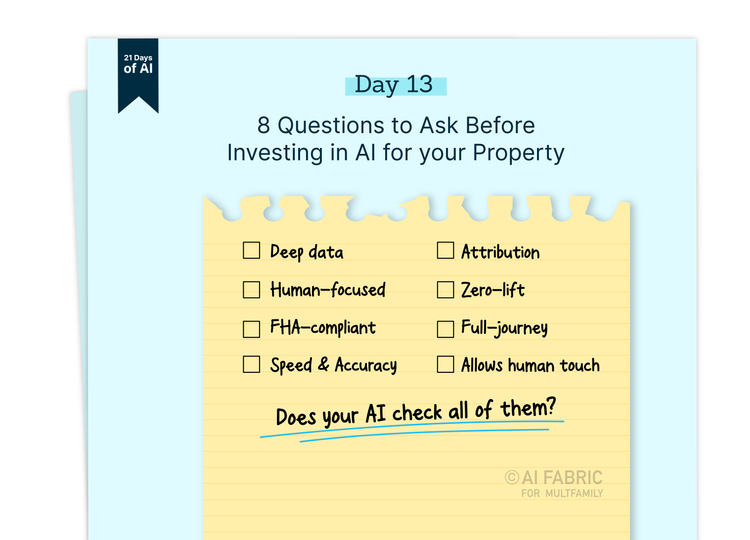

Member discussion